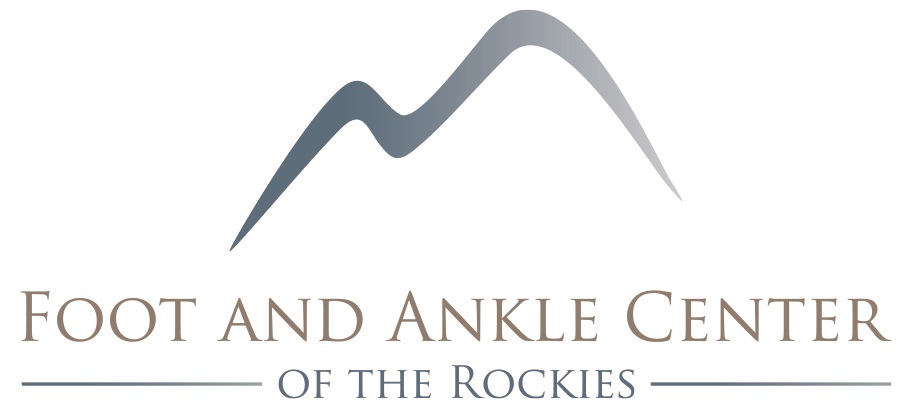6 Must-Know Home Remedies for Smelly Feet
June 25, 2020Rheumatoid Arthritis in the Foot and Ankle
September 17, 2020Pressure Ulcers in Feet

Do you think that you have pressure ulcers on your feet or ankles? If you have sores in the area or notice any change to the skin, you could be developing this common condition. Don’t panic – although complications can arise, pressure ulcers are easily treatable. Here’s what you should know in case you discover a pressure ulcer.
What are pressure ulcers?
Pressure ulcers are sores that can appear anywhere on the body, as a result of something continuously rubbing or pressing the skin. They can develop and become more severe over time.
Pressure ulcers are common on your feet and ankles because the skin is stretched tightly over the body part in these particular places. Pressure ulcers can form more quickly in these kinds of body part.
Symptoms of pressure ulcers
The initial thing that you should become aware of is an area of inflamed skin. It will be red in appearance and sore to touch, and it will not blanch when pressure is applied to it. If there is no medical intervention, the condition can progress, and blisters will develop. These will eventually burst open. At this point, having pressure sores can be dangerous, as bacteria can enter the body.
Some of the symptoms of pressure ulcer infection are pus coming from the sore, a foul smell, swelling of the skin around the sore, unusual warmth, and a fever. If you have any of these symptoms, it is essential to see the doctor as soon as possible.
Causes of pressure ulcers
As previously mentioned, pressure sores are more common in body parts that stretch tightly over the skin. This is because there is less blood movement below the skin here, and it is restricted even further when pressure is put onto the body part.
Pressure ulcers are common in people who are bedridden due to illness or injury, as well as less mobile people. The elderly or other people who have fragile skin are at a higher risk of developing pressure ulcers on feet and ankles, as are people with diabetes.
Risk factors and complications of pressure ulcers
If treated early, pressure ulcers shouldn’t cause a problem. However, if they are left untreated, they can be very dangerous. Infection is a possibility if there is an open wound; the most severe type of infection being fatal sepsis. Gangrene of the foot is another risk – this can lead to amputation. Another serious infection is cellulitis, which can cause severe pain, swelling, and immobility.
When to see a doctor
The good news is that pressure ulcers on feet and ankles can be easily treated. See a doctor if you notice any unusual redness, tenderness, or blisters on your feet – especially if you are in the at-risk category of developing pressure ulcers. The doctor will be able to diagnose you and advise you on the next steps to treating your ulcers.
You may be put on antibiotics or, if the condition is more developed, an operation may be required.
Pressure sores on feet and ankles: Conclusion
It’s important to know what pressure sores are and what to do about them so that you can see a doctor as soon as possible. If you keep an eye out for them and see the doctor as soon as you notice any symptoms, getting them sorted out should be no problem!
